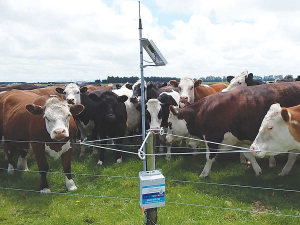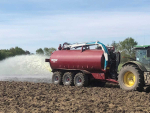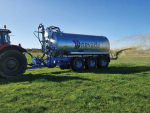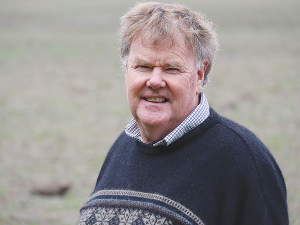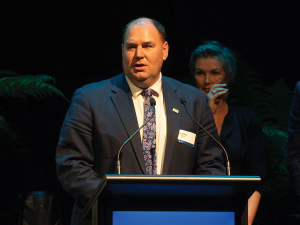Things are getting busy again in the water sector across both the agriculture and metro areas.
In response, the water data and technology company ADR/Watermetrics says it has reorganised itself, with new capabilities and capacity, including new staff in Hamilton and Oamaru.
ADR/Watermetrics began as a water data collector and has a history in performing in this area.
The nationwide company supplies and services technology like flow metres, soil moisture and EC probes, weather stations, hydrostatic and ultrasonic level sensors.
"This equipment provides data," it says. "This data is the base to make informed management and water use decisions."
As an example, it says there are many cases of over watering with irrigation and it's not unrealistic to say that accurate data can save 10-20% of the water without reducing yield. The pumping cost savings dwarf the actual data costs.
"We have specific easy-to-read presentations, and a backup team to help you understand and better use the information we provide. Our data displays are clear and simple to interpret.
"We can send alerts from this data for critical points to your cell phone. This saves physical staff time, providing peace of mind for the manager."
For example, the soils presentation clearly shows the effects of irrigation applications, helping calculate future application rates.
The company says its soild probe measure at 100mm intervals, giving in-depth detail of the soil status for moisture, salinity, and temperature. This is enhanced with weather forecasting, crop agronomy requirements and any water supply concerns.
It notes that effluent or waste application to land is an important issue.
"The timing and amound of application is critical to how the soil will respond and any damage to adjoining waterways. Understanding moisture levels prior to applications is critical, as is understanding the salinity, which correlates with nitrogen and other mineral levels. Specific crops perform best at certain EC levels.
"Water use data must be presented in a timely and accurate way to councils. Our staff are experienced with this and maintain a credible relationship with councils on your behalf. Verification work is undertaken with Blue Tick qualified staff and we do verification work nationally.
"With stock water we can set up tank or pond level readings with alerts. This saves a lot of farm staff time travelling to check supplies. We can work through volume identifying wastage."
The company says its new Axioma meters are for smaller 15-50mm pipes and can measure what water has gone into a system and see if the right amount has arrived where it should.
This is extremely helpful for leak detection work and has literally saved farmers time and money, it says.
"Many water users now need to supply clean water to their houses, apartments or rural stock water schemes. Not only can we measure and monitor tanks and flows we can set up and control clean water systems.
"This clean water aspect is growing in demand and requires the right kit for the specific situation."





